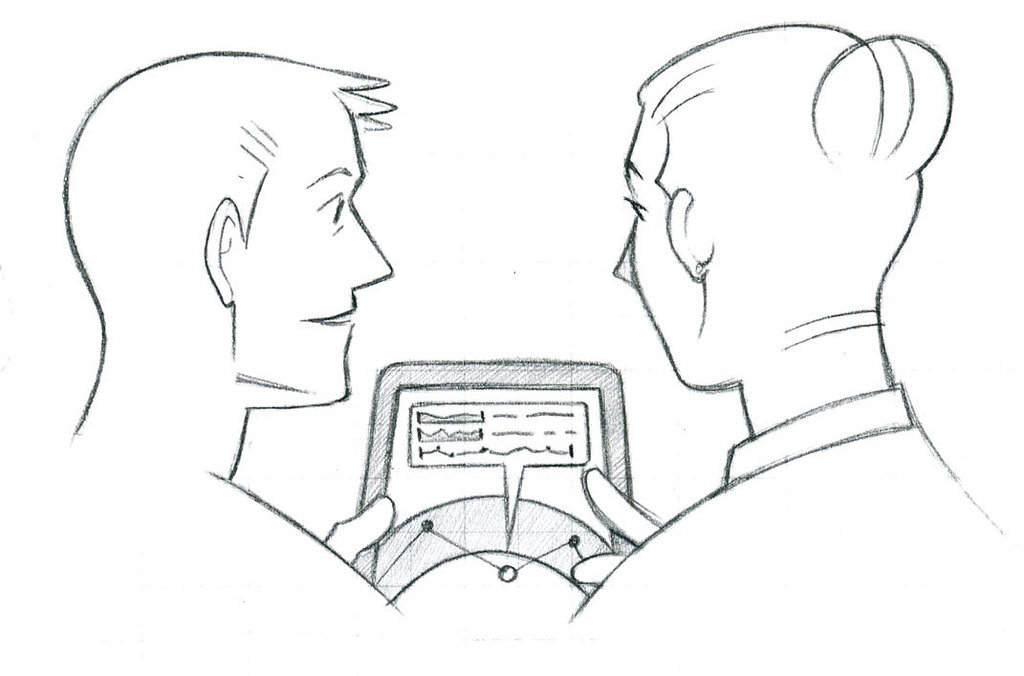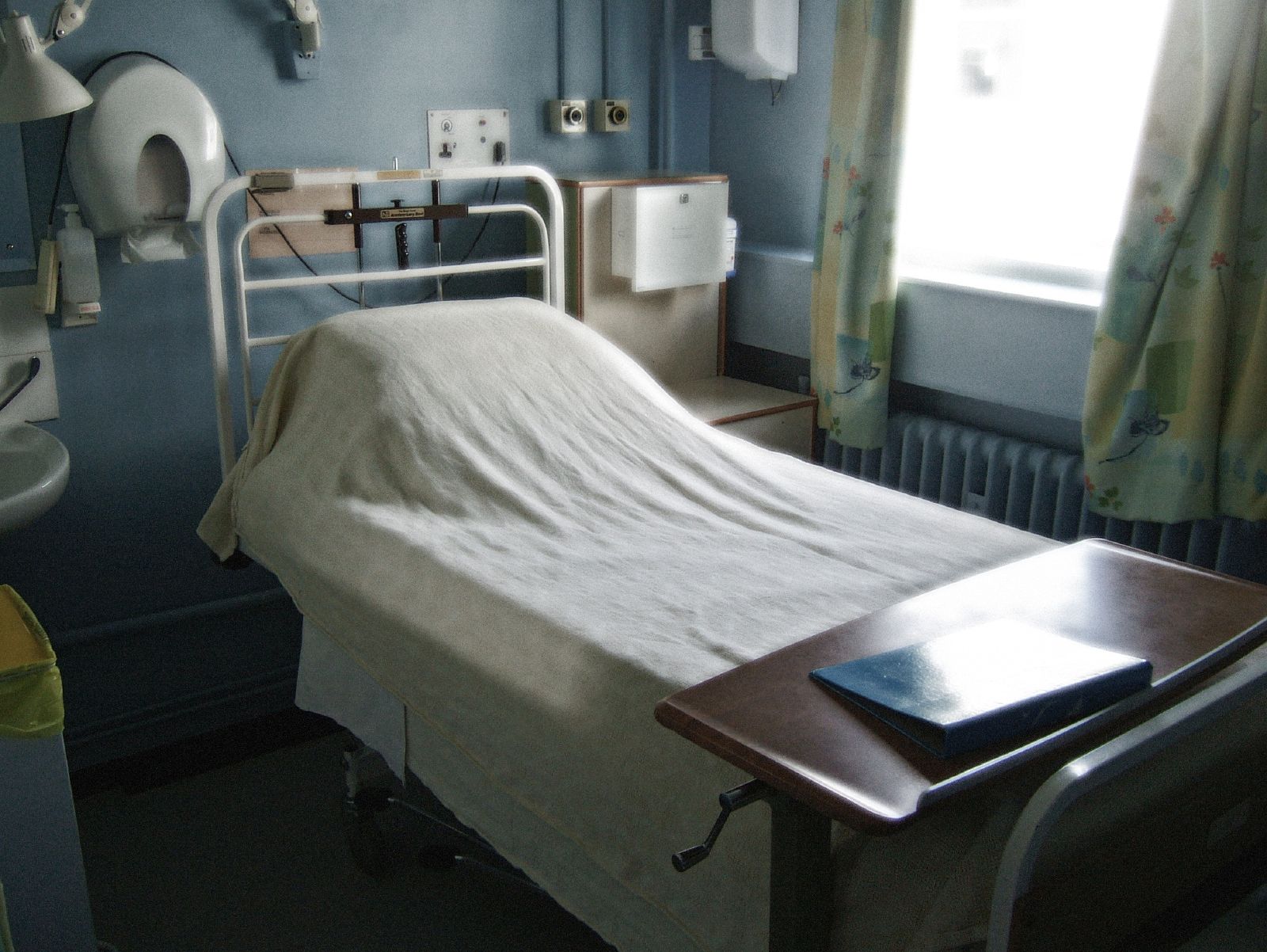With the rapid advancement of knowledge and technology in medicine, physicians alienate themselves from the core purpose of their profession. A grounding in the humanities as well as a strong foundational basis understanding the medical sciences is required to establish well-rounded physicians. Art inspires medical students and physicians to observe detail they otherwise wouldn’t. With patients in the emergency room, before any physician-patient interaction can occur, the sounds of bilateral crackles, the sight of neck muscles contracting and of the nostrils flaring indicate a patient in respiratory distress. This very detail in observation is needed for split-second decisions of utmost importance in the emergency theatre.
Art is the projection of our experiences, memories and has the power to record reality and fantasy. These altogether add to the artistic memory of an artist and allow them to add adaptations based on their life’s observations. Artists have captured the human body through the pursuit of conveying human experience, of the human’s appearances, shapes, and sounds all reflecting their state of health. Artists must see the details of a picture and reproduce it, and only once they’ve mastered observational art can they move on to more abstract forms conveying emotions of the real world.
When dissections were forbidden centuries ago, artists together with doctors snuck out to examine human corpses for a closer look. This was important for them to accurately reproduce representations as they not only had to know the inner workings of the human body just as physicians did but they needed the eye for their artistic creation. Unfortunately, today the acquisition of life-drawing skills has lost its traditional importance due to increased demands for the more conceptual art forms.
In medicine, observational skills provide insight into a patient’s problem. From observing, not only do we see it as is but we recognize patterns, are able to analyze context and make connections. Despite knowing everything about a disease or illness, learning how to see pathologies, and diagnostic criteria is important to avoid missing all the signs. The four steps of physical examination are inspection, percussion, auscultation and palpation. Inspection or observation is often overlooked but is so crucial to patient care and treatment as is to the creation of art.
The artwork of Piero di Cosimo, A Satyr Mourning over a Nymph (1495) depicts a young woman killed accidentally during a deer hunt by a spear. Upon analysis of the painting and deep observation, evident is that there is no spear wound but instead the women’s arms are covered with long cuts as if acting in self defense from her assailant. Her left hand additionally is placed in position with her wrist flexed and fingers curling inwards known as “waiter’s tip”. Fundamentally at large, di Cosimo used the girl’s corpse as a model and because as an artist he had no understanding of medicine and injury, he portrayed exactly what he saw. Unintentionally, he captured the girl’s true injuries dictating to a medical practitioner the likely theory of the young woman’s actual cause of death.

https://www.nationalgallery.org.uk/paintings/piero-di-cosimo-a-satyr-mourning-over-a-nymph
Appreciation for paintings by physicians even reveal medical diagnoses given the structural facial characteristic changes that occur in different diseases. The Old Woman by Quinten Massys depicted an exaggerated ugliness due to the pattern of facial deformations; bossing forehead, prominent cheekbones, enlarged maxilla and increased distance between the mouth and nose all consistent with leonine faces of Paget’s disease stemming from accelerated bone remodeling. Another example is that of Peter Paul Rubens, The Three Graces, displaying symptoms of benign hyper-mobility syndrome, an autosomal dominant disease. Scoliosis of the spine, a positive Trendelenburg sign and double jointedness as well as lax upper eyelids is evident in the artists painting.
Fascinating nonetheless is that the medical diagnoses in both paintings were unknown to doctors at that time. Paget’s Disease and benign hyper-mobility syndrome were discovered just a couple years ago while these paintings existed long before them.
Compared to artists however, doctors have stopped putting their skill of inspection into practice and with all the expensive tests available to help doctors make diagnoses, the necessity of individual, physician observation has decreased. Thus raises a question, will the dependence on tests rather than investigation through the senses define the future of medicine?
As medical students, this urges us to hold true to the art of observation. Technological advances were directed to improve patient care and not impede the physician-patient relationship. The personal touch of a doctor and the direct communication through movement, and language has been lost. Remembering the feelings of our patients allows us as future physicians to be mindful that no patient manifests the same way despite presenting with the same disease. Neither are patients aware of the manifestations of disease and overtime naturally adapt to the abnormal posture, gait, and lifestyle changes often overlooking the skin changes, mood or weight fluctuations.
When doctors are trained to “see”, observe and infer from signs alone a basic diagnosis, will they understand the whole human being. Therefore, arts education in medicine helps humanize science and connect medical theory into the patient’s journey. In analyzing art pieces, students are able to connect clinical skills and improve their ability to reason with the physiology and pathophysiology of the human body from visual clues alone causing them to become more emotionally attuned to their patients and aware of their own biases as physicians.
The skills of observation requires improvement and practice from physicians to both diagnose and understand the underlying concerns of a patient. Only when doctors have mastered the art of observation and trained their eyes to truly see, will they ultimately return to a world of greater human connection in medical practice.
References
McKie R. The fine art of medical diagnosis. The Observer. 2011 September 11;Culture.
Berger L. By Observing Art, Med Students Learn Art of Observation. NY Times. 2001 January 2;Health
Christopher Cook. A Grotesque Old Woman. BMJ 2009;339:b2940
Dequeker J. Benign familial hypermobility syndrome and Trendelenburg sign in a painting “The Three Graces” by Peter Paul Rubens (1577–1640). Annals of the Rheumatic Diseases 2001 September 01;60(9):894-‐895.
Pecoskie T. Improving patient care with art. The Spec. 2010 December 2;Local. https://www.mcgill.ca/library/files/library/susan_ge_art__medicine.pdf






